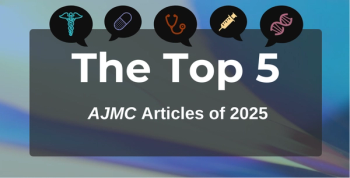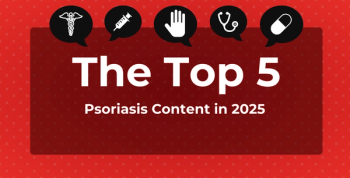
Exemption Rates for Vaccination Rising in Children in the US
Children entering kindergarten had lower vaccination rates and higher exemption rates compared with previous years.
According to new data published by the CDC, the exemption rates for vaccinations have increased in the last 12 years as vaccination coverage has decreased.1 This continues the trend of decreasing vaccination coverage that started in the 2019-2020 school year.
Vaccination requirements in US schools are intended to maintain high vaccination rates by requiring children to be vaccinated to attend school. However, families can request exemptions to vaccinations due to medical, religious, or nonmedical reasons. These exemptions are granted at different rates per each state but can be affected by local policies and the demographics of the states themselves.
The analysis estimated the vaccination coverage of each state using data that were collected from all of the states and the District of Columbia (DC). The CDC reported the vaccination coverage for the 2023-2024 school year in its latest update, informing the country on the vaccination rate as of the last school year. All of the data focused on kindergarten children, as it is the age where vaccination mandates begin for most public schools.
The vaccination coverage for kindergarten children decreased across all reported vaccines, including the diphtheria, tetanus, and acellular pertussis vaccine (DTaP), which decreased from 94.9% in 2018-2019 to 92.3% in 2023-2024, and the measles, mumps, and rubella vaccine (MMR), which decreased from 94.7% in 2018-2019 to 92.7% in 2023-2024.
This also continued a trend of vaccination coverage decreasing, as 30 states reported decreases in coverage compared with the year before. Idaho reported the lowest estimated vaccination coverage in the nation at 79.5%, whereas West Virginia reported the highest coverage at 98.4%. Louisiana, Mississippi, California, Virginia, Maryland, New York, Massachusetts, Connecticut, Maine, and Rhode Island all reported vaccination rates higher than the recommended 95% rate. Approximately 280,000 children did not have reported vaccination, and the vaccination rates for Montana were not available.
Exemption rates also increased in the country, rising from 3.0% in 2022-2023 to 3.3% in 2023-2024. This is a significant increase compared with the 1.6% exemption rate reported in 2011-2012. Medical exemptions have held steady at 0.2% throughout the last decade, with only 3 school years reported at 0.3%. However, nonmedical exemptions have risen steadily, with the last 4 years in particular seeing gains each year. Nonmedical exemptions made up 3.1% of all exemptions, an increase from 1.4% in 2011-2012 and nearly double the 1.9% reported in 2020-2021.
A total of 14 states reported exemption rates of more than 5%, with 40 states and DC reporting an exemption rate increase overall. This totaled approximately 127,000 children across the country in 2023-2024.
According to AP News,2 these decreases in vaccination rates are likely due to the political divide brought on by the COVID-19 vaccines as more parents push back on mandated childhood vaccinations. Decreases in vaccinations had been reported in previous years and in younger children, including a decrease in vaccination rates for children 2 years and younger. This has resulted in the highest rates for measles and whooping cough reported since 2019.
References
- Vaccination coverage and exemptions among kindergartners. CDC. October 2, 2024. Accessed October 3, 2024. https://www.cdc.gov/schoolvaxview/data/index.html
- Stobbe M. US school-entry vaccination rates fall as exemptions keep rising. AP News. October 2, 2024. Accessed October 3, 2024. https://apnews.com/article/vaccinations-kindergarten-exemptions-cdc-1c0f9a196a70491fccf48b9125090de0
Newsletter
Stay ahead of policy, cost, and value—subscribe to AJMC for expert insights at the intersection of clinical care and health economics.








































